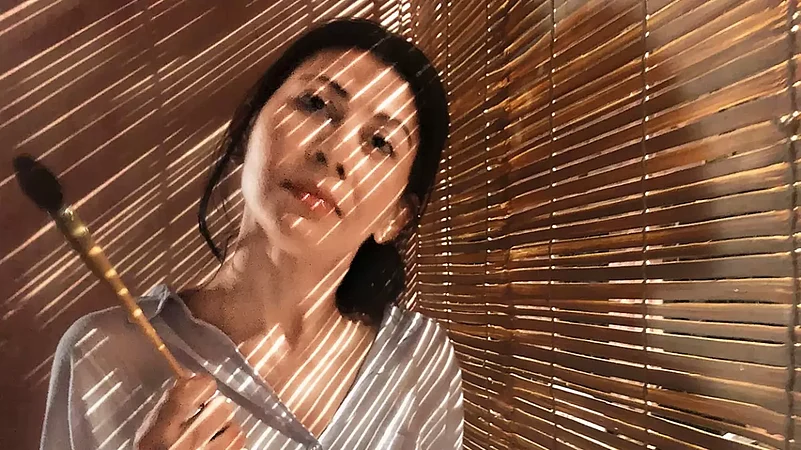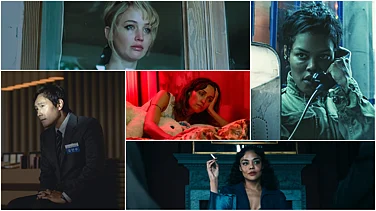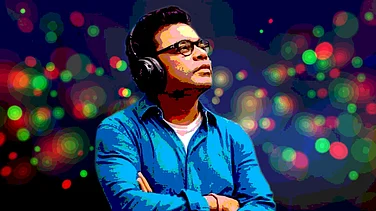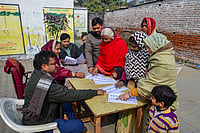“It was a big and enthralling moment for me,” says Shabana Latif, recalling the day she heard that the Netflix drama A Suitable Boy had bagged the UK-based RTS Craft & Design Award UK (2020) for Make Up Design. Latif had headed the make-up department for the original web series. Enthusiastically praising her work, the jury had said, “The hair and make-up in this drama achieved a wide-ranging spectrum of looks, with an extraordinary eye for detail, and contributed indelibly to the storytelling.”
For Latif, a make-up artist in Bombay for nearly two decades, it was one of those rare moments when her work behind the scenes come to the fore and got her the deserved limelight.
In the worlds of cinema and television, actors, directors and musicians usually steal the limelight. The public often remains oblivious to the toil behind the camera. Behind-the-scenes professionals—makeup artists, costume designers, art directors et al—are integral to the production process. Without their concerted efforts, a movie would never get made or look like it does onscreen.
Latif, a make-up artist and hairstylist, grew up in Bangalore, and started work as a hair technician, as well as assisting her mother, also a make-up artist, for a while. Latif later started working in advertisement production before ultimately moving to Bombay in 2005. For Latif, the Mecca of entertainment offered her a fair share of struggles during the initial years. Being a Muslim, and a single woman, she felt discriminated against while finding an apartment for herself, for example.“For the first couple of years in Bombay, I was all over the place, moving hither and thither,” she says, adding, “I didn’t get a room because I’m Muslim, a single woman, and working in the film industry. Landlords discriminate and that’s something which has not changed.”
Being a make-up artist in the entertainment industry is not easy. It takes years of training and incredible dedication to find work consistently and successfully. To enhance her skills, she went to New York in 2009 for a diploma in make-up and design, and then to London in 2013 for two more diploma courses in make-up and hair. Latif continues to participate in various training programs to keep up with the fast-paced and evolving industry. “On the sets, work requires a lot of collaboration, focus and hard work. Even a miniscule mistake can have a drastic effect,” says Latif. “Heading the make-up department is even more difficult, but you know you have a team that has your back. It’s the teamwork that helps there,” quips Latif. Latif has worked in several blockbusters like Don 2, Raees and Rock On, among others. Besides having worked with Indian artists like Farhan Akhtar, Kangana Ranaut, Mahira Khan, Tabu and Fatima Sana Shaikh, she has also worked with internationally acclaimed stars like Juliet Stevenson, Donald Sutherland, Brie Larson, Ashton Kutcher, and Saskia Reeves. When asked who the artist she loved working with the most was, she said, “I’ve always brought something back with me whenever I’ve worked with different actors. So it will be an injustice to name just a few of them.”Latif, who was also on the BAFTA Cymru (Wales) jury this year to judge best hair and make-up, is not very fond of publicity and limelight. “I am sure it helps,” she says, “but I love what I’ve done as a person. I’m happy when I do my job. It’s not about credits all the time. I won’t ruin my day over it.” Latif’s mother had an influence on her since early childhood. “My mother’s nature and influence,” she says, “and my love for films are the reasons Iam in this industry.”
(This appeared in the print edition as "Make, Believe")


























